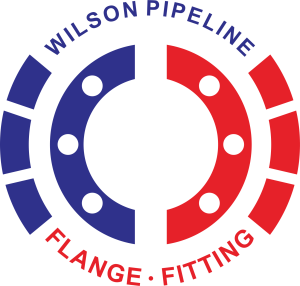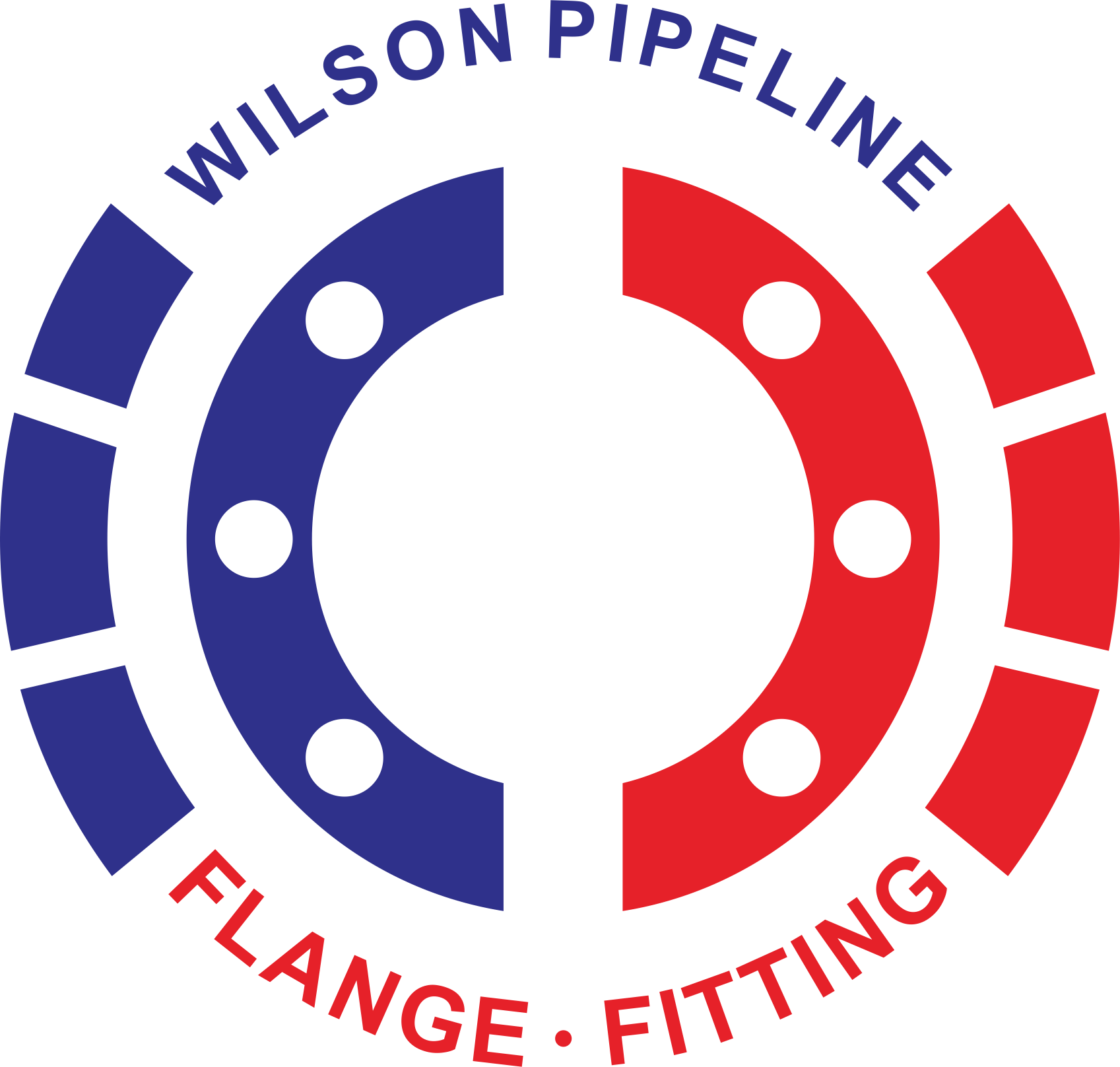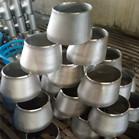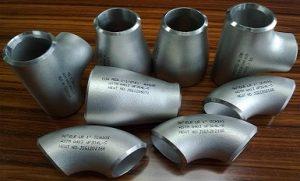
What are the differences between SA312 TP316H and TP316L?
SA312 TP316H is a specification for seamless, straight-seam welded, and heavily cold worked welded austenitic stainless steel pipes.
The “SA” in the specification stands for “Specification for Seamless and Welded Austenitic Stainless Steel Pipes”, while “TP” stands for “Type”, and “316H” indicates the specific grade of stainless steel used.
The TP316H grade of stainless steel is a high temperature variant of the popular TP316 grade. It contains higher levels of carbon, silicon, and molybdenum, which give it improved high-temperature strength and resistance to corrosion, particularly in chloride-containing environments. The “H” in the grade designation stands for “High Carbon”, indicating the increased carbon content.
SA312 TP316H pipes are commonly used in high-temperature and high-pressure applications, such as in the chemical, petrochemical, and power generation industries. They are well-suited for use in environments where corrosion resistance, strength, and reliability are critical, and where the pipes will be exposed to high temperatures, such as in high-temperature processing and steam systems.
SA312 TP316H and TP316L are both austenitic stainless steel grades used in the manufacture of pipes and fittings. However, there are some key differences between the two grades:
1. Carbon content: TP316H contains a higher carbon content than TP316L. TP316H has a maximum carbon content of 0.10%, while TP316L has a maximum carbon content of 0.03%.
2. Temperature range: TP316H is designed for high-temperature applications, with a maximum operating temperature of 1500°F (815°C). TP316L is suitable for lower temperature applications, with a maximum operating temperature of 1000°F (538°C).
3. Corrosion resistance: Both grades offer good corrosion resistance in a wide range of environments. However, TP316H has better resistance to corrosion in high-temperature chloride environments than TP316L.
4. Weldability: Both grades are easily welded using common techniques such as TIG, MIG, and SMAW. However, due to its higher carbon content, TP316H may be more prone to sensitization and intergranular corrosion if not properly heat treated after welding.
In summary,
TP316H is a higher carbon, higher temperature variant of TP316, designed for use in high-temperature and high-pressure applications. TP316L is a lower carbon, lower temperature grade that is suitable for a wider range of applications. The choice between the two grades depends on the specific requirements of the application, including temperature range, corrosion resistance, and weldability.


